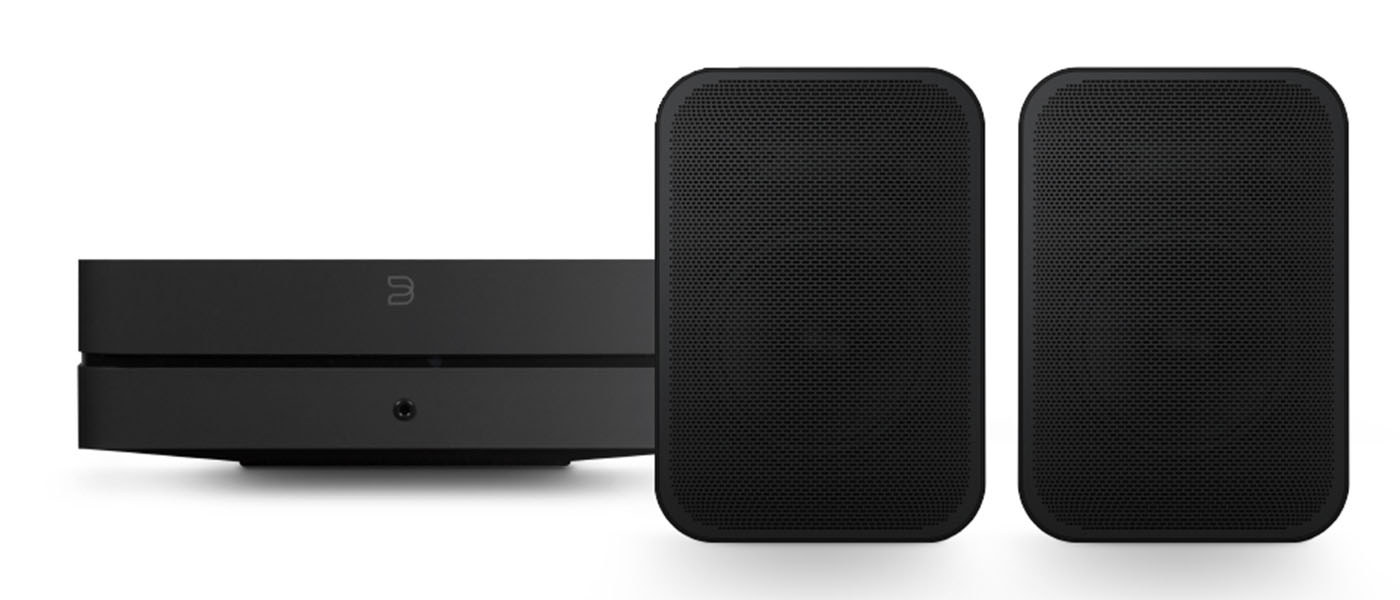The iFi Aurora is a piece of modern art. It’s Tokyo Architecture-influenced design. It’s a dizzying selection of inputs and features. It’s 320 Watts of power. It’s Auto Room Tailoring. It’s truly an all-in-one music system. With looks that stand apart from anything else in the segment and a sound that is claimed to surpass its stunning looks; let’s dive right in!
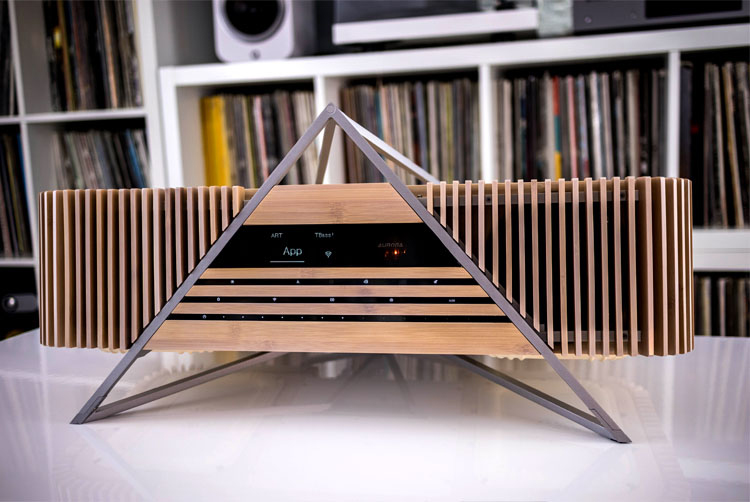
iFi Aurora All in One System
- OLED display
- 4x 4.5-inch coated paper cone wide-band drivers
- 2x 1.1-inch silk dome tweeters
- 2x 4.5-inch x 8-inch steel passive bass radiators
- Pure Emotion hybrid amplifier with tube pre-amp, Class D 320W total output
- ESS 32-bit Sabre DAC chip
- Frequency response: 27Hz – 40kHz
- 6-sensor ART (automatic room tailoring)
- Bluetooth 5.0 with support for aptX, aptX HD, LDAC, HWA and AAC
- Support for hi-res 32-bit/192kHz Wi-Fi audio including Apple AirPlay
- Optical and coaxial inputs
- USB-A, Ethernet inputs, and a micro SDHC card slot
- 3.5mm and analog RCA inputs
These days, we have a real burden of selection. When it comes to audio, I prefer the traditional amplifier and two speaker combo more than anything else; more than convenience even. I have been pleasantly surprised though, by some of the latest soundbars and Bluetooth speakers, most notably Fluance’s Ai60 wireless speaker and Cambridge Audio’s lovely Yoyo L speaker. So, any time something new pops up, I’m all over it. The Aurora from iFi came to me by surprise. I hadn’t heard of the brand before, but with a simple Google search, I could see that there was already a bit of a buzz surrounding it and naturally I was intrigued. iFi was kind enough to hand-deliver the unit to my door as another reviewer from my area had previously been evaluating it. A bonus as the unit was already broken in and ready to play.

INPUTS:
-Hi-res Bluetooth audio with apt-X HD/aptX/LDAC/HWA/AAC
-Networked Audio with playback from NAS or server, Airplay, streaming audio (Spotify/Apple Music/Amazon Music/Tidal Hi-Fi/Deezer, etc.) and USB storage/SD Card 44.1kHz/16-bit – 192kHz/32-bit
-Coaxial and optical S/PDIF (Blu-ray player, game console, smart TV, etc.) 44.1kHz/16-bit – 192kHz/24-bit
-RCA & 3.5mm (for Alexa or analog audio)
DRIVERS:
4x 4.5” (120mm) coated paper cone wideband driver
2x 1.1” (28mm) silk dome tweeter (8kHz crossover)
2x 4.5” x 8” (120mm x 200mm) steel passive radiators
Frequency Response:
27Hz – 40kHz
Maximum SPL:
115dB / 1m
AMPLIFIER:
Hybrid with tube class A amplification. Power buffers operating at 1.411MHz/1.536MHz clock-locked
Frequency Response:
15Hz-150kHz
MAXIMUM POWER:
320VA (12v input for Marine/Car power supplies)
Distortion:
< 0.05%
Dimensions:
24″(w) x 11″(h) x 11″(d) — 33lbs
59cm(w) x 27cm(h) x 28cm(d) — 15kg
Price:
$1399
Product Page:
Website:
Company:
SECRETS Tags:
ifi, aurora, all-in-one, music system, room correction, wi-fi, Bluetooth, ifi audio, Speaker Review 2020
- Bluesound Pulse 2 All-In-One Streaming Music System
- MartinLogan Crescendo X Networked Speaker Review
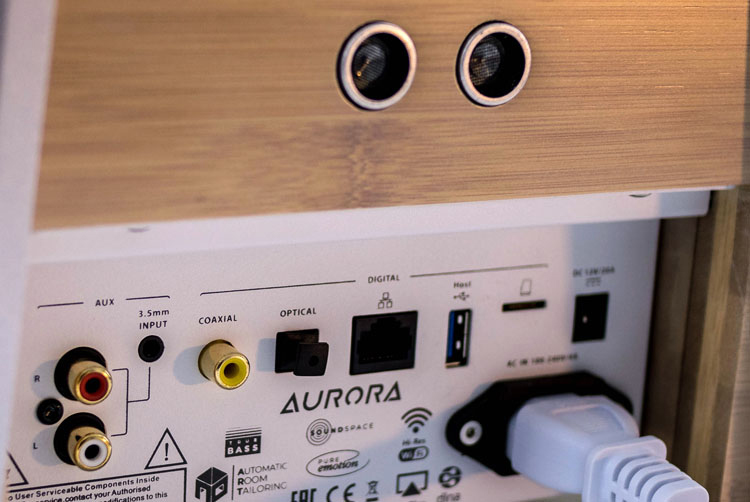
The Aurora’s designer, Julien Haziza drew a lot of inspiration from Japanese industrial designers and architecture – namely Shigeru Ban, Tadao Ando, and the Omotesandō and Harajuku districts in Tokyo. And a lot of thought went into it. It’s meant to catch your eye. And catch your eye it does. It’s going to come down to: do you like the way it looks or do you not? Do you want to have a statement piece in your living room atop of your shelf counter or sideboard? If the answer is yes, then the Aurora is for you.
Secrets Sponsor
The Aurora looks nothing like a traditional audio component. Going in this direction is a gamble that manufacturers take when choosing a design, which explains why so much product in Hi-Fi is humdrum and rather understated. I admire Aurora for really going for it. The main unit itself isn’t very large, but the box is elevated off the ground and slanted upwards and house by a pyramid-shaped metal frame. All together it measures 24” W x 11” H x 11” D and weighs in at 33 lbs. The main unit is clad in bamboo and features vertical wooden slats that wrap around the corners of the unit. You can peek between them to see the drivers which are black and a stark contrast against the bamboo. Holding the chassis together, just below the bamboo slats, is a white plastic reinforcement layer. The white is continued to the underside where the bass radiators reside. It’s all held together with visible metal screws. The pyramid-shaped metal stand has tiny rubber feet that aren’t quite substantial enough to protect delicate surfaces from scratches. I suggest a mat or towel underneath.
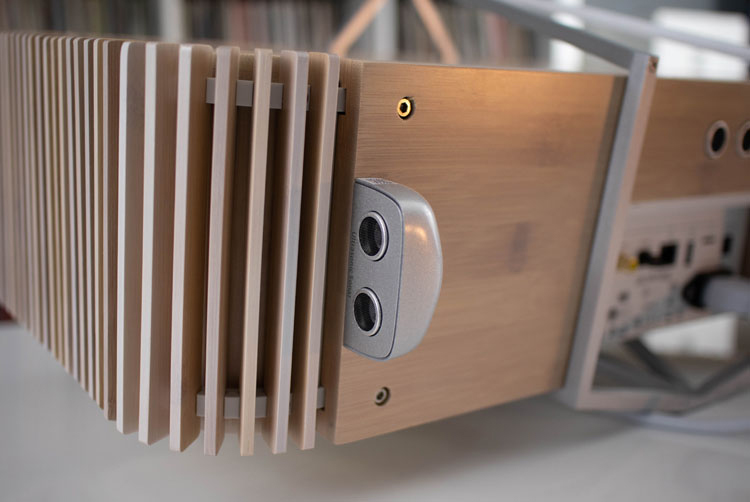
On the front, making up the horizontal bar of the A-frame is an OLED display. Information appears in a bright blue. To the right of that screen is the Russian made 6N3P tube. Below the display and window are three rows of LED-illuminated buttons. Each row is separated by bamboo slats. In the top row is a switch for adjusting the Aurora’s illumination, two more for controlling its signal-processing features and a mute key. The middle row has five controls, for selecting sources and initiating Bluetooth and Wi-Fi connections. The bottom row is an on/off button and, to its right, a volume slider.
The Aurora ships with an Apple TV-inspired remote. It’s much larger than the Apple remote but it thankfully features more buttons. The remote has a dedicated on/off, mute, volume +/-, pause/play, source, brightness, bass and the ability to access the processing.
Clearly, a lot of thought went into this unit and iFi absolutely nailed a few things. The Aurora is much more than your usual one box hi-fi solution. The best feature is the Automatic Room Tailoring (ART). Peek around back, and you’ll find three sets of dual ultrasonic audio sensors. Hold down the ART button on the front of the system or its remote, and the system uses those sensors to automatically optimize the sound based on room measurements. Super cool. It means that you can put the Aurora anywhere you want, and it will tailor the sound to fit. iFi eschews digital signal processing as they believe that it alters the purity of the sound. They instead use analog signal processing (ASP) and combine it with ART to adjust the channel outputs at specific frequencies. They call this process ‘SoundSpace’. Of course, you have the option of bypassing all of that and listening in Audiophile mode, providing you have the perfect space of course. Press the ART button, and six sensors measure the distance to the surrounding walls using ultrasonic tones. Then, “…a 32-bit ARM Cortex microprocessor adjusts the output from the speaker array to precisely tailor the musical performance. All the adjustments are made strictly in the analog domain, without relying on DSP or feedback in the manner of many other room correction systems.”
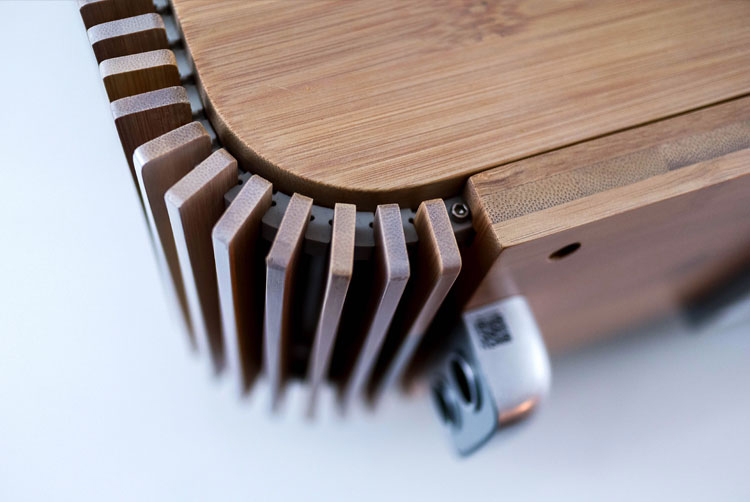
Aurora is driven by PureEmotion®, iFi’s proprietary, trademarked amplifier technology. It’s a hybrid circuit design that comprises several key stages. The first of these – the preamp stage – incorporates “…a Russian 6N3P valve (visible through a window next to the OLED display). This takes the analog audio signal delivered by the Aurora’s DAC circuitry – based around a chip from ESS Technology’s renowned 32-bit Sabre DAC family, then the resulting low-level signal passes to the power amp stage or ‘current multiplier circuit’.” Aurora’s circuit switching frequency is fixed at around 1.5MHz, which is well beyond the audible frequency spectrum. This results in “…a high level of efficiency, multiplying the current supplied by the valve several thousand-fold, whilst maintaining far greater linearity and lower noise than typical switching amplifiers.” The PureEmotion® amp stage claims delivery of a total of 320 watts to power six custom-made drive units. The four main drivers—two front-firing and two side-firing—are 4.5″ (120mm) cones made from coated long-fiber paper, a material selected for its optimal balance between stiffness and self-damping characteristics. These are coupled to a large magnet, a basket that resonates above the audible range with extensive measures taken to ensure excursion is controlled and damped mechanically, so that clarity and control are maintained even at high volume levels.
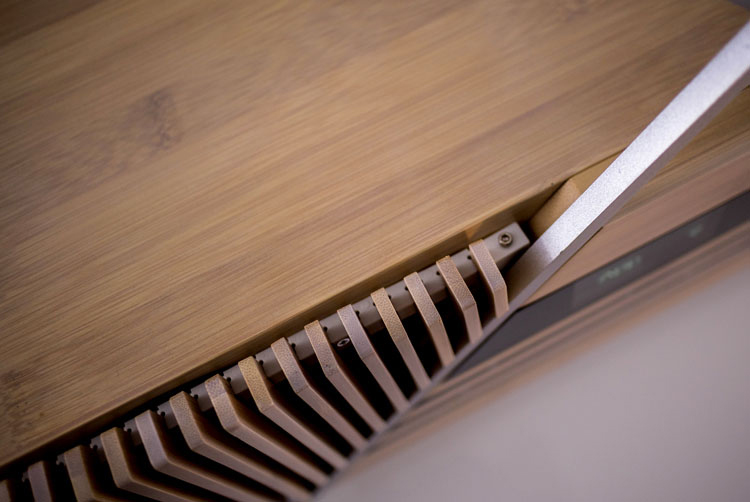
Unusually, these main drivers are deployed in a wide-bandwidth role to cover most of the audible frequency spectrum, rolling off towards very low and very high frequencies. The drive units’ design, together with the inert nature of Aurora’s housing – stiff, well-braced, naturally sound-absorbent bamboo with strategically placed damping material – enables a flat frequency response from around 60Hz to 8kHz. Avoiding the need for a crossover to hand over from one drive unit to another at critical frequencies enables excellent phase response through the midrange.
Aurora uses the latest Bluetooth v5.0 with the newest Qualcomm 5100 series chipset. Conversion is handled by an ESS Sabre DAC. All current and future Bluetooth audio formats are supported including aptX and aptX HD, LDAC and HWA, hi-res Bluetooth codecs created by Sony and Huawei respectively. Also supported is Apple’s favored format, AAC.
There’s so much more onboard as well. Physically, there are two 1.1” (28mm) silk dome tweeters, one on each corner. These cover frequencies from 8kHz to 35kHz. The thinking is that since the treble region is considered to begin at around 5kHz, and the limits of human hearing extend to about 20kHz, the Aurora’s high-frequency drivers behave more like super-tweeters than traditional tweeters. Which brings us to the four, 4.5” paper coated drivers. Two in the front and one off to either side, two per channel, crossed over at 8kHz. Down below, a pair of down-firing, 4.5” x 8” (120mm x 200mm) steel passive radiators are located on the underside of the cabinet. The diaphragms are formed from a composite of carbon, iron and ethylene-vinyl acetate – a well-damped material enabling the correct resonant frequency to be obtained from a diaphragm of appropriate thickness. This is combined with a self-centering, double-ribbed rubber surround, negating the need for a basket, and allowing for a claimed frequency response of 27Hz – 40kHz.
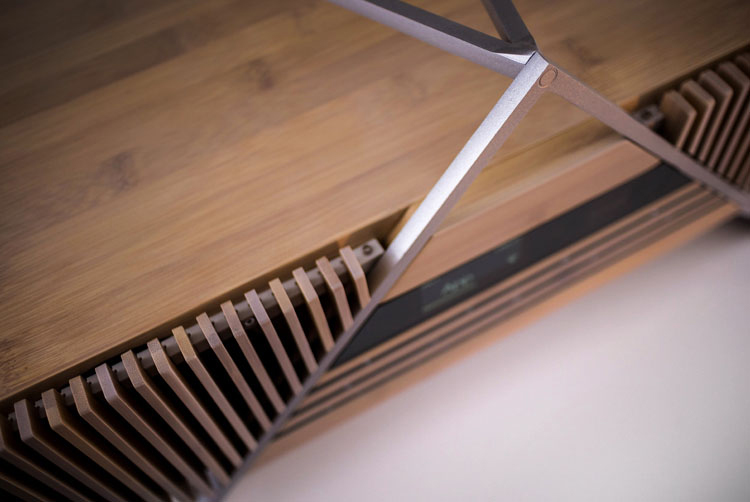
Let’s not forget the physical connections, there are: optical, coaxial, USB and Ethernet inputs for digital plus RCA and 3.5mm for analog. There are even slots for audio stored USB and on micro SDHC cards (44.1kHz/16-bit – 192kHz/32-bit). You can link several Auroras via Wi-Fi to create a multi-room system, playing in-sync or individually. Whether you stream from Spotify or Tidal, or surf the infinite number of internet radio stations via TuneIn, the Aurora has your music needs covered. Control is handled by the MUZO player app. Networked audio is possible with playback from a NAS or server, Airplay, streaming audio (Spotify/Apple Music/Amazon Music/Tidal HiFi/Deezer, etc.).

Unpacking was pretty standard. The Aurora is a heavy bit of kit. I placed in on a sideboard and put a runner down to protect the surface. I’d love to see more substantial feet provided by iFi.
Setup, on paper, is fairly simple. Connect to your home network via the MUZO connect app and quite literally, you’re off to the races. Well in theory. The MUZO app requires some patience to get it working. If your home network has WPS (Wi-Fi Protected Setup), you can connect to the Aurora by simply holding a button down on your router and then the Wi-Fi button on the Aurora. We don’t have that on our router, so I had to type in names and passwords switching screens and reentering names and passwords until the Aurora piped in to tell me it was connected. Even once connected, I sometimes had to close the app and restart the system whenever I wanted to listen to the Aurora. In fairness, this behavior will depend on the configuration and robustness of your home’s Wi-Fi. Your mileage may vary.

I loved the wide variety of connections and the micro SDHC card slot. For me, it’s one of those hassle-free connections where I can load up music from my computer and listen in the car or now the Aurora. Most of my new digital files are Wav format and thankfully they do play through the Aurora. I loaded them onto my microSD card and slotted the card into the back of the Aurora. Sadly, none of the folder structure, naming or sorting came through; not even on the MUZO app which made it difficult to find the music I wanted. I tried USB and it was the same story.
Luckily, AirPlay and Spotify Connect work just fine but with a response time that’s a bit slow. Play and pause come with a definite delay. Another thing that requires patience is the Aurora’s startup time, especially when ART is engaged. It takes about 30 seconds before music is heard.
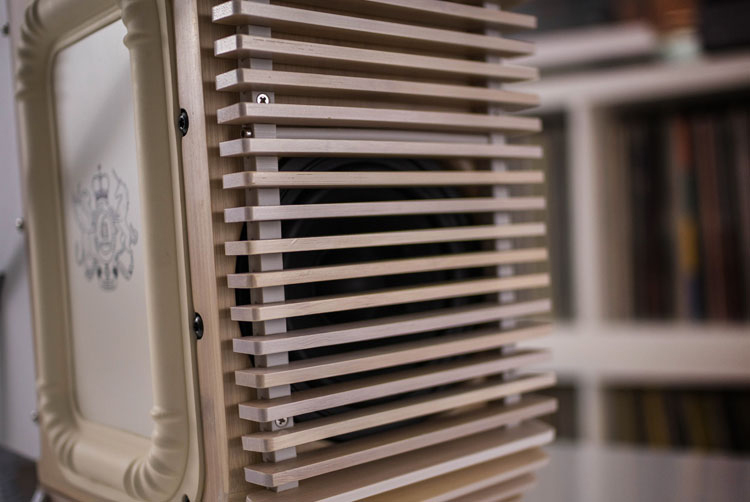
I had a few intermittent issues as well. Sometimes without warning, music would cut out or stutter. If the Wi-Fi signal is less than stellar, Aurora will have connection issues. Fortunately, I also connected a Cambridge CXC CD player via optical to see how the sound changed with a different source. The Aurora supports Tidal and Qobuz if that’s your thing and you can access them via MUZO. I don’t have either so that was one less worry for me.

T>I
The onboard Bluetooth was my immediate go-to. It’s easy and usually a good way to get a sense of the system overall. And the Aurora supports every type of Bluetooth you could ever want. I admit that Drum & Bass music isn’t the fairest test of an all in one system, but I had to see what the Aurora was capable of. The power and dynamics of the drums and bass sounded a bit small and hollow. Switching over to Wi-Fi opened up the sound significantly.
I wrongly assumed that the Aurora was going to be another one of those cases where the marketing over-promises and under-delivers. I expected it to sound like a small closed-in box. And I was wrong. ‘Thin Line’ proved that the Aurora is capable of playing loud. Like really loud. Louder than I would have expected from a unit this size. There is a point, well-beyond normal volume levels, where the high frequencies get a little harsh but there is no doubt that the Aurora can party. At full volume, I felt like the Maxell couch guy, remember him?
Secrets Sponsor
The bass was unexpectedly good too. I didn’t have any measuring equipment on hand, but the Aurora can reach the lower depths of a track with ease. Buyers will not need to supplement with a subwoofer if they chose to pull the trigger on this. The True Bass mode made a subtle difference. Switching it on and off, I didn’t notice a major boost or bloat in the bass, just subtle shifts in weight. The overall sound was interesting though, mostly due to the build of the unit. The upward slanted positioning of the box paired with the down-firing radiators helps fill the room with sound rather than emanating from a point source. I kept ART engaged for most of my listening.
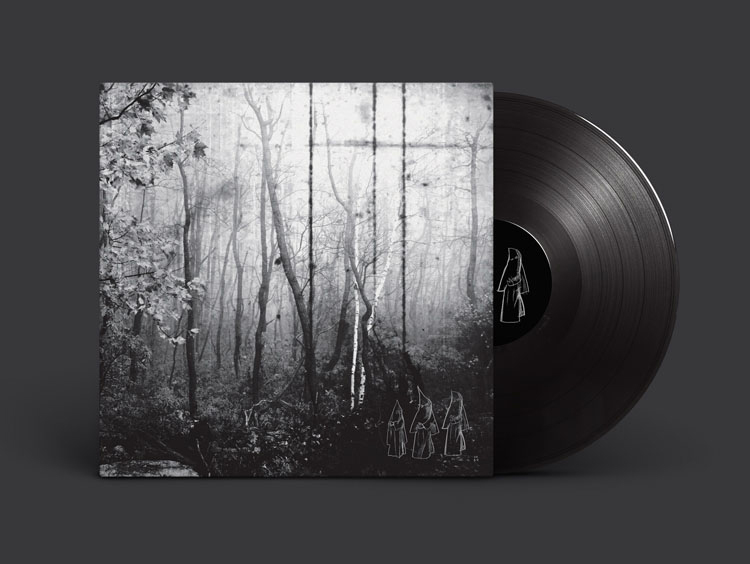
OVERLOOK – SMOKE SIGNALS
I went back to the well and dug out this gem of an album. Tracks like ‘Rivers Edge’ are dark and moody and a wonderful listen. I ended up playing the LP via my iPhone over Airplay. Filtered drums create a dark and subtle atmosphere, to which the Aurora added a slight edginess to the sound. I’d have liked it to have retained more of the warmth I know is in this track so I could turn the volume up higher.
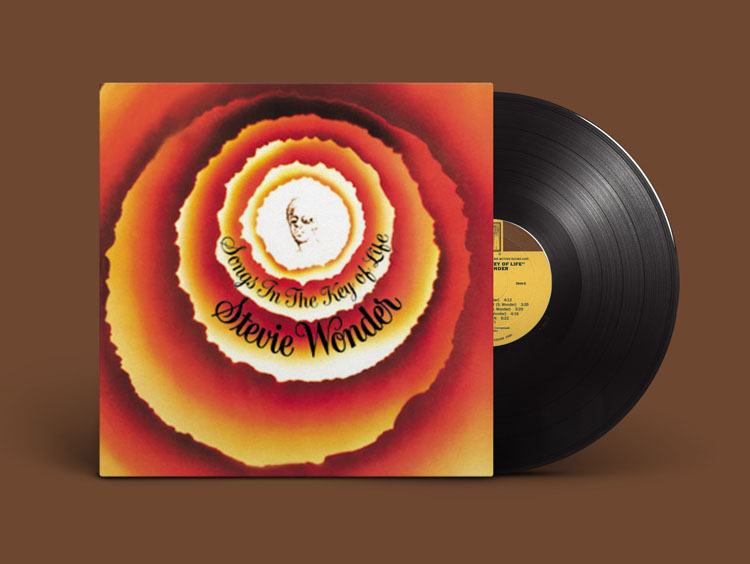
STEVIE WONDER – SONGS IN THE KEY OF LIFE
I dug into our CD collection to find something that was less electronic to see how it fared. I was happy to see that this survived being flattened at the bottom of an old storage box. I rarely listen to CDs these days and like most people, have relegated my collection to boxes or shelves. Man, it’s still a great album! The warmer sound of traditional instruments made for easier listening through the Aurora. This is clearly the type of music the Aurora is meant for. I suspect fans of jazz and classical will appreciate the Aurora more than a guy who loves electronic music. The edge I heard earlier wasn’t completely gone but it barely made itself known when percussion stayed in the background. I was able to play ‘Ngiculela—Es Una Historia—I Am Singing’ much louder and the sound enveloped the room. There was no strain either.
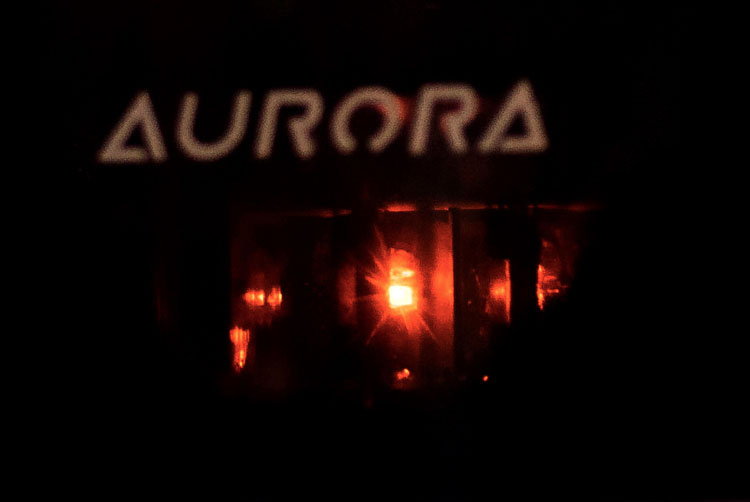
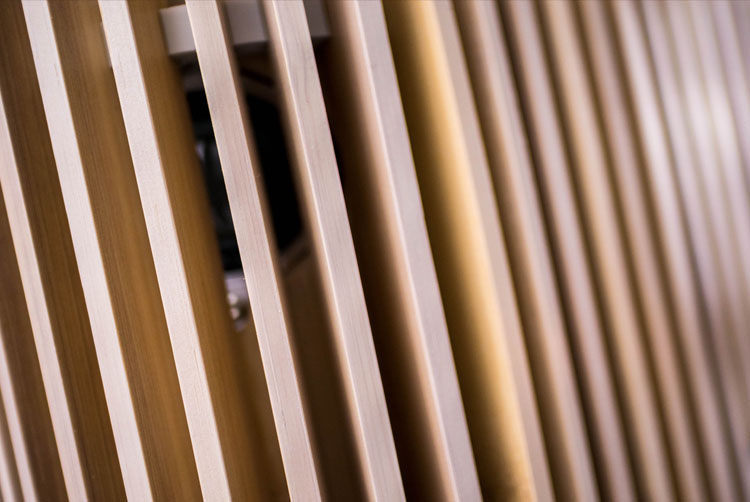
At $1399, the IFI AURORA has competition that offers similar performance. You do however get a lot of onboard technology and convenience, and the styling is certainly a focal point..
- Lots of connection options both wired and wireless
- Design-wise, they really took a gamble and many will love the styling
- Large sound stage
- Solid bass
- Plays loud and clean
- More robust Wi-Fi connection
- Rework or replace the Muzo app
- Lower price
- Less metallic sound
Like any audio component, the iFi Aurora has strengths and weaknesses. For hard-hitting electronic music, it doesn’t quite have the top-end warmth of some other products. It will play this music plenty loud but there is a point where it runs out of steam. But for more traditional jazz and classical selections, it plays with a clarity and depth that belies its physical size. And in every case, the sound stage is large and engaging. Setup is relatively easy, but you will need robust Wi-Fi in your home to ensure the best reliability. Or simply go with wired connections, there are plenty of options there.
The iFi Aurora packs a lot of technology into a stylish box that looks like nothing else. With on-board room correction, it can play with precision in a variety of spaces and it always seems to sound much larger than it is. It certainly produces bass that almost defies the laws of physics. Though there are some less-expensive alternatives available, none of them have the combination of tech and design that makes the Aurora unique.


